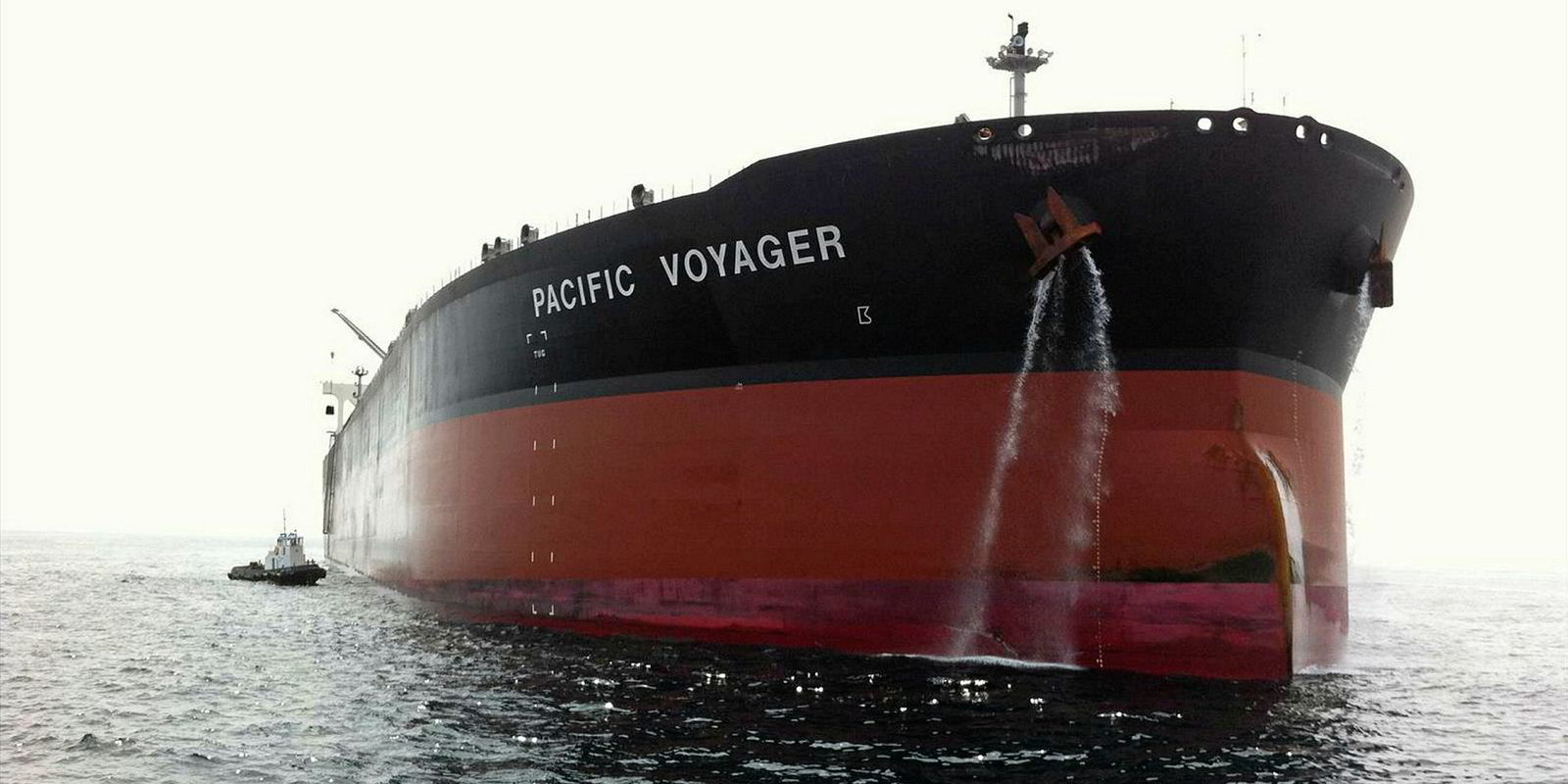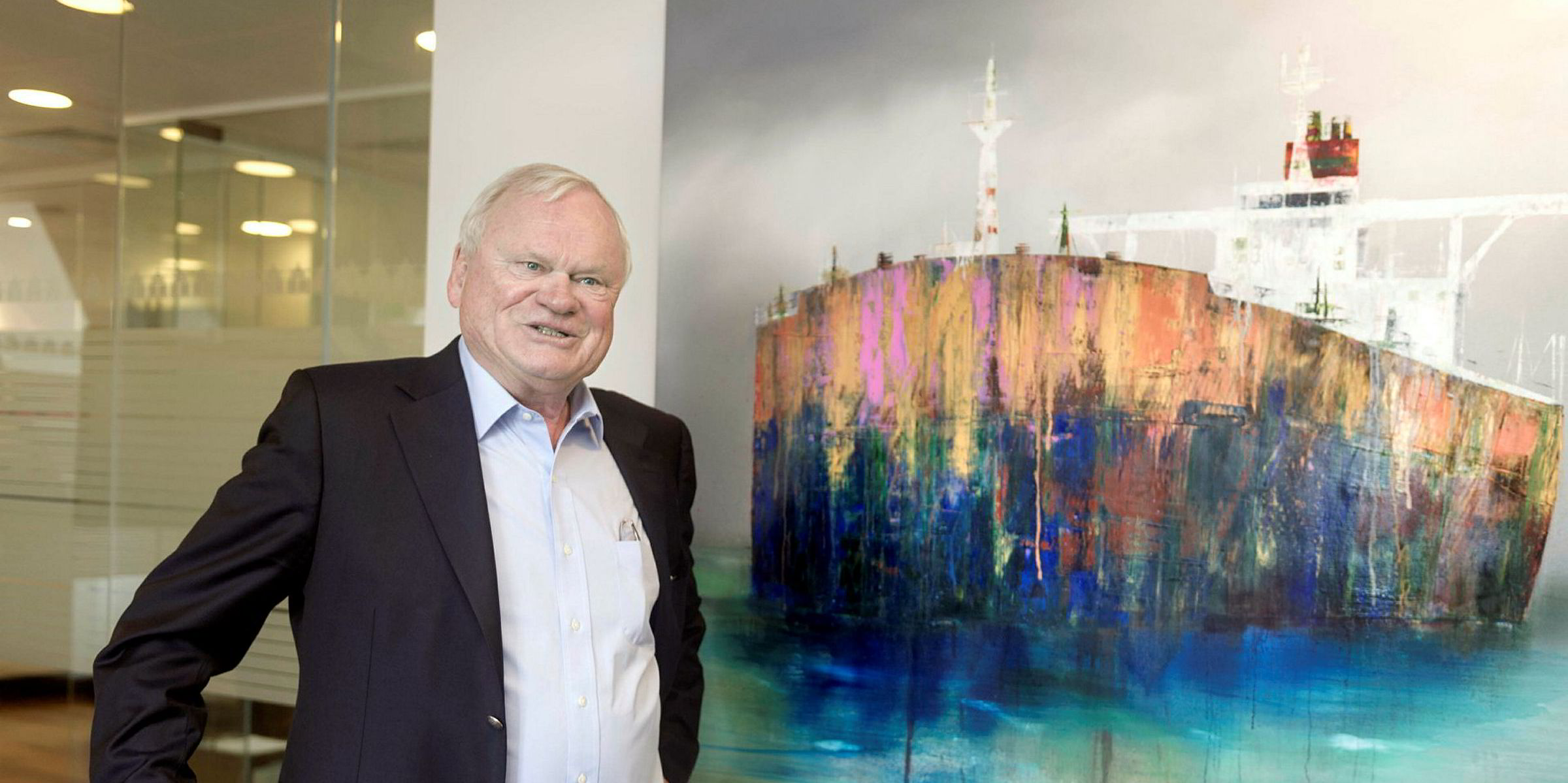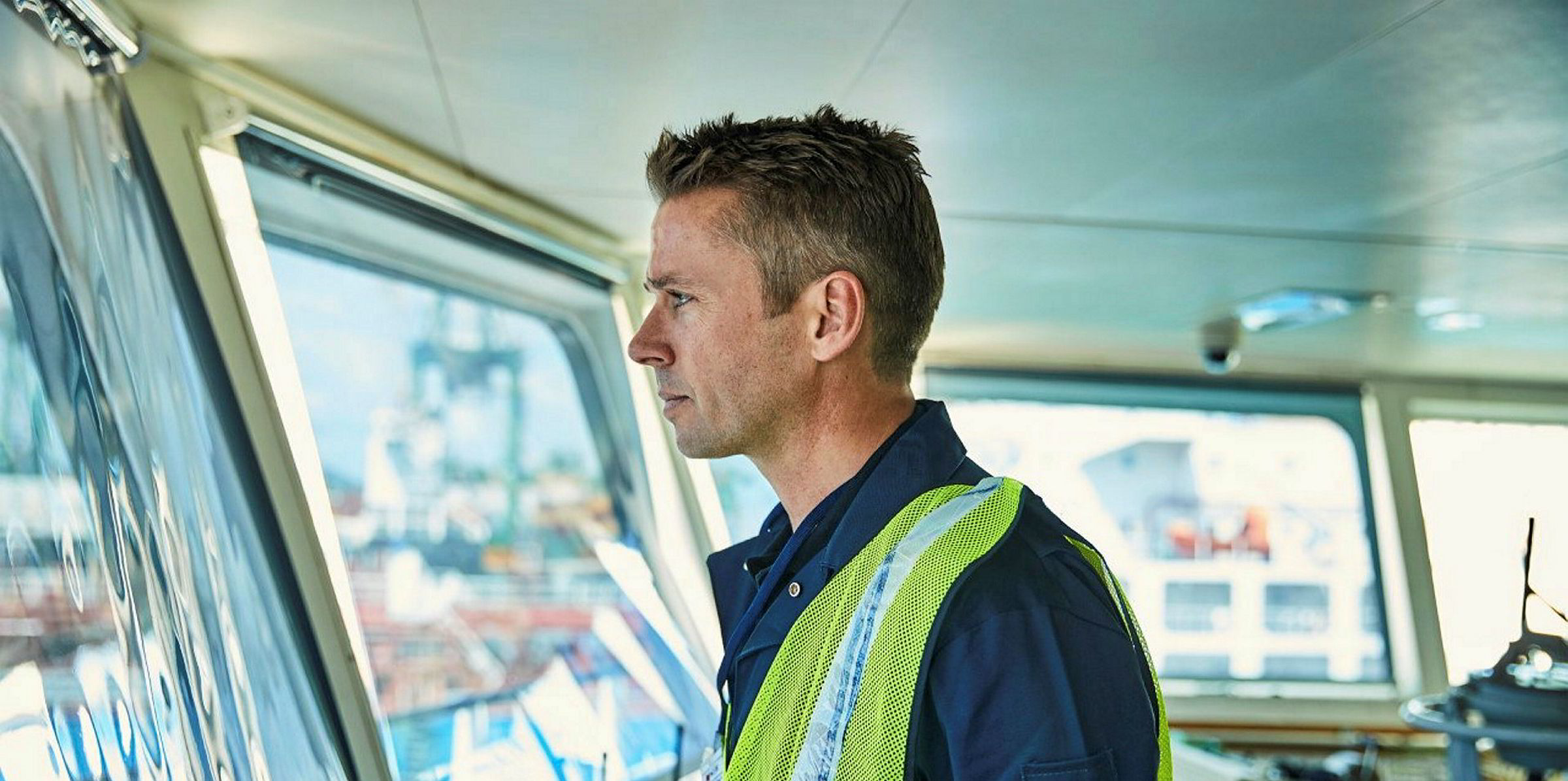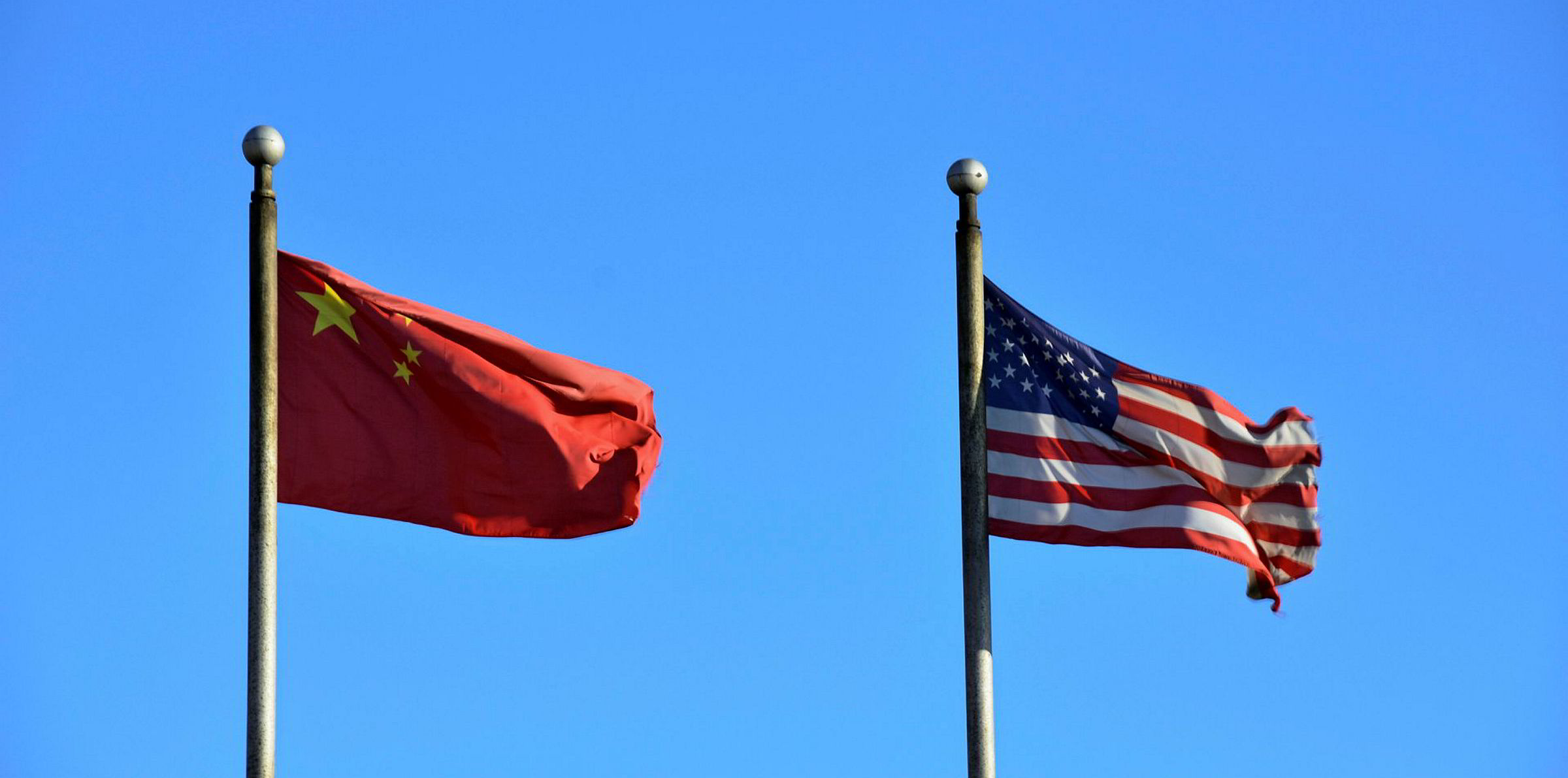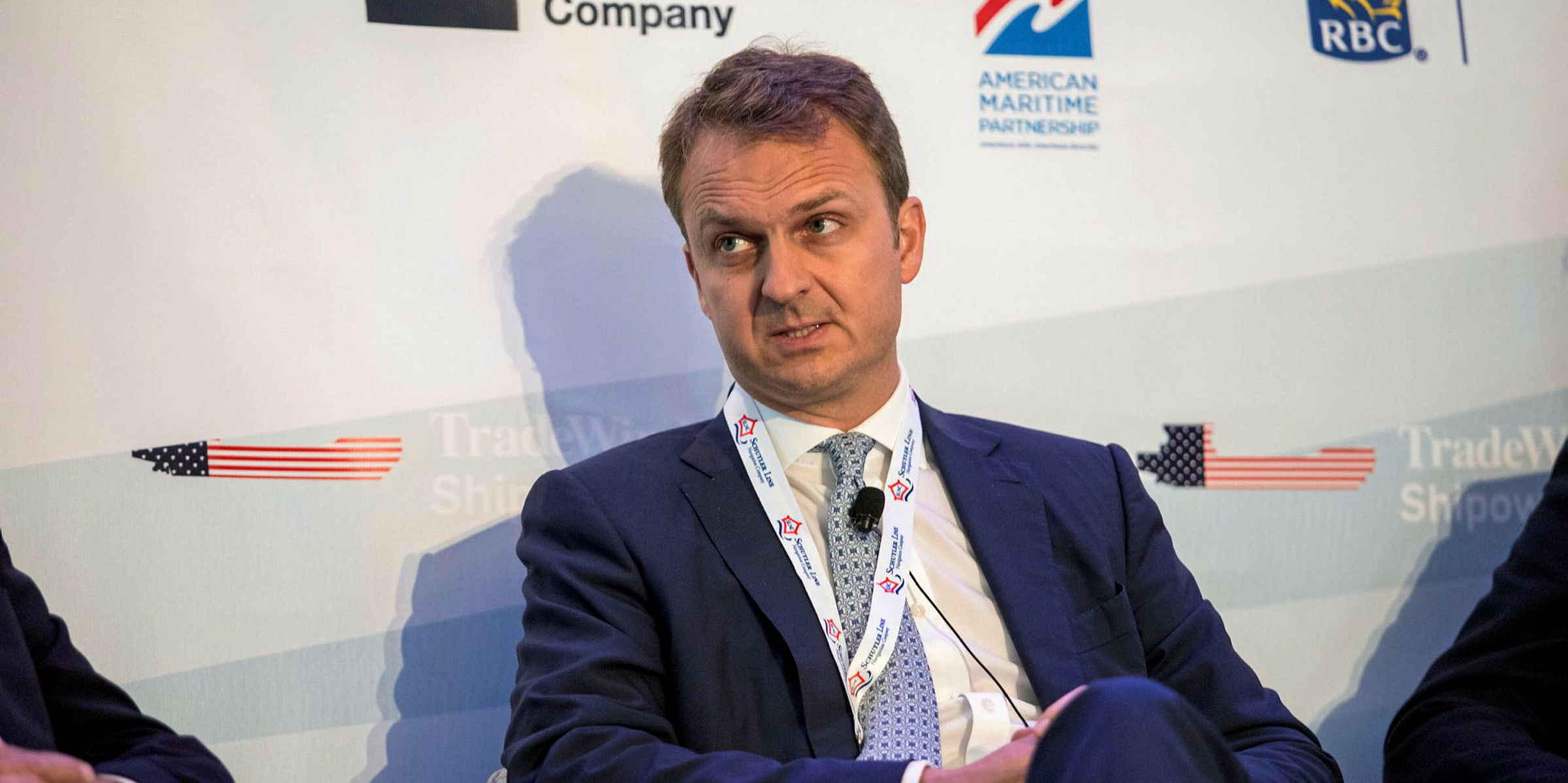Shipping's hurry up and wait period might be coming to an end.
All year, companies and analysts have talked up a rally in the tanker sector ahead of the IMO 2020 emissions regulations set to kick in 1 January — and it finally seems to be happening.
VLCC rates have jumped in recent weeks, as have LR tanker rates alongside refineries coming back online after modified maintenance periods.
"It’s actually started," Evercore analyst Jon Chappell recently told TradeWinds. "No one’s really paying attention and the stocks haven’t really reflected it because of all the macro headlines.
"I think you’re really starting to see the beginning. Here we are in the depths of August, the dog days, where you rarely see a move on tanker rates this time of year [and it's happening]."
According to data from Clarksons, average VLCC spot market earnings hit $37,239 per day the week of 16 August before softening to $35,679 per day for the week of 23 August, a marked jump from the year-to-date average of $19,152. The most profitable route was from West Africa to the US Gulf, where rates eclipsed $52,000 per day after spending most of the year around $27,500 per day.
LR1 tankers to $13,716 per day, a near-doubling of the year-to-date $7,518 per day rates, per Chappell. LR2s fetched $19,769 per day last week, up from $9,217.
Aframax rates, though, have dropped from their 2019 averages — earning an average of $10,518 per day, lower than the $16,841 per day 2019 average. Suezmax rates have lagged behind their counterparts, only growing about $1,000 to $18,624 per day.
Meanwhile, the Baltic Dirty Tanker Index has pulled itself off 6-month lows of 610 in April to 663 Tuesday, steadily climbing for all of August.
In the second quarter many tanker companies bested, albeit slightly, Wall Street expectations, but the news from most of those companies was the set up for IMO 2020.
With a record-low orderbook, refineries starting back up and compliant low sulphur fuel needing transportation, the second half of the year was long-pegged as the beginning of an upturn for tanker owners.
The recent rate jump in part pushed Jefferies Randy Giveans to improve earnings per share estimates for John Fredriksen's Frontline, which boasted average VLCC rates of $25,600, alongside $16,200 for suezmaxes and $18,100 for aframaxes.
Swedish owner Concordia told TradeWinds earlier this month that it had opportunities to extend charters for multiple ships, but found acceptable offers for the 65,065-dwt Stena Performance (built 2006) and the 64,917-dwt Stena Polaris (built 2010) on charters that run until the second quarter of 2020.
“Let’s not count our chickens yet, but if this momentum from August maintains into the seasonally strong period, you could have really strong winter," said Chappell. "[That], I think, knock on wood, is the beginning of the IMO 2020 impact.”
